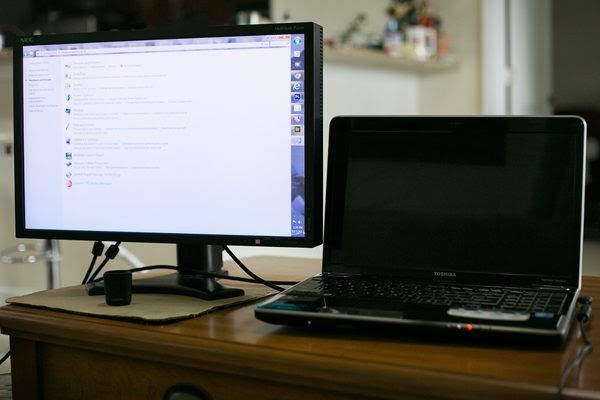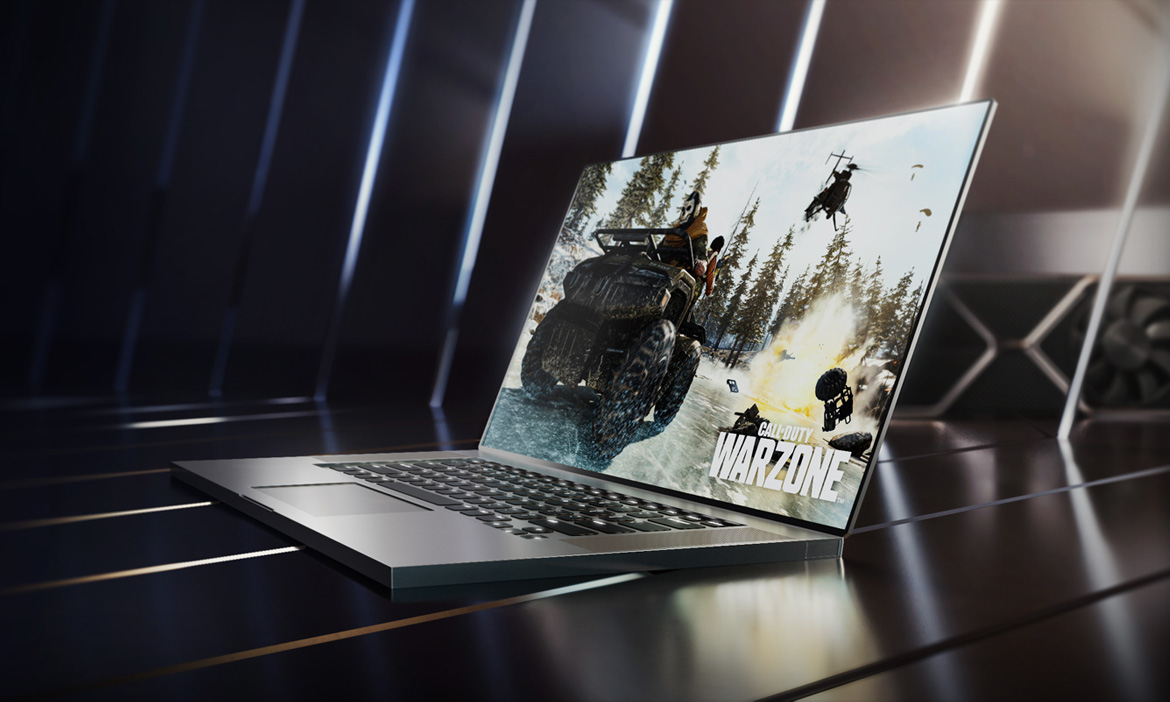Our team of technicians test every custom gaming computer with a series of stress-tests and benchmarks that analyze the processor, memory, graphics cards, storage, and even the power supply. Once the gaming PC passes these tests, a second technician verifies them before sending the computer to our quality assurance team. DriverDownloader will help you fix these PC problems. Drivers for IT/ office users. Network problems and slow computer issues are the main reasons IT professionals will install a Driver Update Tool. Updating all Drivers on a number of PCs requires an automatic Driver Update Tool. When I try to down load an embroidery design I keep getting (Unable to access HASP SRM Run-Time Environment (H0033). What does that mean For any questions regarding Husqvarna Viking call their support line 615.280.3510 select options 1 and then 3. When Hatch is open on your computer, you can click on the HELP menu at the top of Hatch, and you can click on the Getting Started tab. This will give you a good introduction to Hatch, with downloadable PDF pages and step by step instructions to working with projects using the built in designs and images.
Overview
Downloads the Intel® Graphics driver version 38.15.0.1125 for Windows 7* (32-bit).
This zip file contains the device drivers, release notes, user guide, and software developers manual.

Note: This software is intended for hardware and software developers using embedded Intel® platforms. It isn't intended for business or consumer systems.
Related topic
Find in-depth technical documentation, software, tools, and support for hardware developers:
About Intel® Drivers
The driver or software for your Intel component might have been changed or replaced by the computer manufacturer. We recommend you work with your computer manufacturer before installing our driver so you don’t lose features or customizations.
See list of manufacturers’ Support websites.
Not sure if this is the right driver or software for your component? Run Intel® Driver & Support Assistant to automatically detect driver or software updates.
See the release notes for installation instructions, supported hardware, what is new, bug fixes, and known issues.
NoteThis page provides information on how to determine which drives and drive letters your computer is using currently. It is not a list of all of the possible drive letters.
See drives in Windows 10 and Windows 8
If you're running Windows 10 or Windows 8, you can view all mounted drives in File Explorer. You can open File Explorer by pressing Windows key+E. In the left pane, select This PC, and all drives are shown on the right. The screenshot shows a typical view of This PC, with three mounted drives.
OS & Primary Software (C:)
In our first example, the C: and F: drives are hard drives. Most computers only have a C: drive. The hard drive is the primary location where all files are stored on your computer. To open the drive, double-click the drive.
TipDrivers Hatch Laptops & Desktops Reviews
In our example, the drives are labeled 'Local Disk' and 'New Volume.' A hard drive can be labeled anything and may be different on your computer. For steps on changing the name of your drive, see: How to rename or label a disk drive.
NoteAll new computers no longer have a floppy drive (A: or B:) but still start with the C: drive by default. For the history of why a computer starts with the C: drive, see: Why is the hard drive the C: drive?
DVD RW Drive (D:)
The D: drive in this example is the optical disc drive installed in the computer. In most situations, the disc drive will be the last drive letter. If a disc is in the drive, the contents of that disc will be shown if you double-click the drive icon.
TipIf the drive AutoPlays the disc, right-click the drive and click Explore.
See available drives in Microsoft Windows 7 and earlier
Microsoft Windows 7, Vista, XP, and earlier users can identify which drives Windows has detected by opening File Explorer and then My Computer, or pressing the Windows key+E shortcut key. The picture is an example of My Computer. As you can see in this example, three different drive types are listed.
Tip
In Windows 7 and earlier versions, you can access My Computer (Computer) by double-clicking the icon on the desktop. Or, open the Start menu, and select My Computer or Computer, depending on the version of Windows you're using.
3 1/2 Floppy (A:)
If the computer has a floppy disk drive, this drive will be visible and is usually set as the A: drive. If any floppy diskette is in the computer and the A: drive is opened, its contents will be shown.
NoteAll new computers no longer have a floppy drive (A: or B:) but still start with the C: drive by default. For the history of why a computer starts with the C: drive, see: Why is the hard drive the C: drive?
Local Disk (C:), New Volume (D:), and New Volume (E:)
Next, in our example, the C:, D:, and E: drives are hard drives or hard drive partitions on the computer. Most computers only have a C: drive. The hard drive is the primary location where all files are stored on your computer.
TipIn our example, the drives are labeled 'Local Disk' and 'New Volume.' A hard drive can be labeled anything and may be different on your computer. For steps on changing the name of your drive, see: How to rename or label a disk drive.
Compact Disc (F:)
Finally, the F: drive in this example is the optical disc drive installed in the computer. In most situations, the disc drive will be the last drive letter. If a disc is in the drive, the contents of that disc will be shown if you double-click the drive icon.
 Tip
TipIf the drive AutoPlays the disc, right-click the drive, and click Explore.
See drives in Windows 3.0, 3.1, and 3.11
Windows 3.0, 3.1, and 3.11 users can open drives through the Windows File Manager. In the File Manager, click the drive icons shown above the folder and files. By default, the C: drive will be open. If you want to move to the floppy disk drive, click the A: drive icon. If you're going to open the CD drive, click the D: CD-ROM drive icon.
See drives in MS-DOS and the Windows command line

Windows Vista, 7, 8, and 10 command line users
If you're using Windows Vista, 7, or 8, use the wmic command at the Windows command line to view available drives on the computer. At the prompt, type the following command.
Or, for a little more information, such as volume size, use this command:
- See our wmic command page for further information and examples on this command.
Other Windows command line and MS-DOS version users
Unfortunately, there is no easy way to list all available drives on the computer through the MS-DOS prompt with one command. Below are different recommendations for viewing drives.
Change drive letter

Change the drive to an alternate drive letter to determine if a drive is available and ready if no error message is received.
Fdisk
Running the fdisk command allows you to view how the hard drives are set up and configured on the computer. However, this command is only possible if you're running a version of MS-DOS or Windows that supports fdisk.
- See the fdisk command page for additional information about this command.
vol
Running the vol command on a drive displays the drive label and serial number if available. This command allows you to see what drives are detected.
- See the vol command page for additional information and help with this command.
See drives in the Apple macOS
From the menu bar, select Go, then select Computer, or press the Shift+Command+C keyboard shortcut.
You can also view all drives through the Finder application.
Drivers Hatch Laptops & Desktops For Sale
See drives in Linux
Linux users can use the fdisk command to see their partition and drive information.
Additional information
- See the drive and storage device pages for further information and related links.
